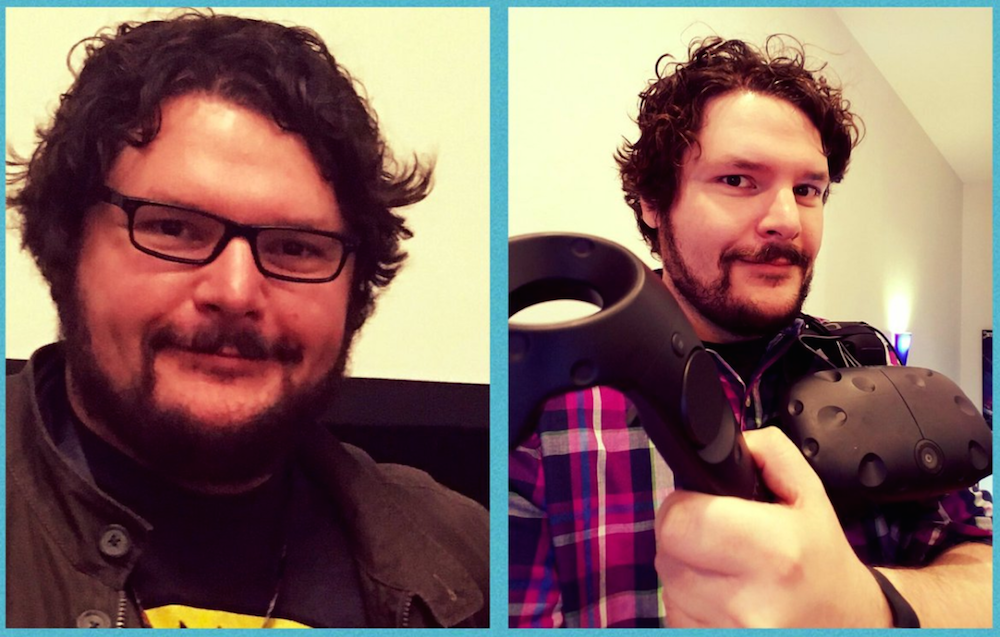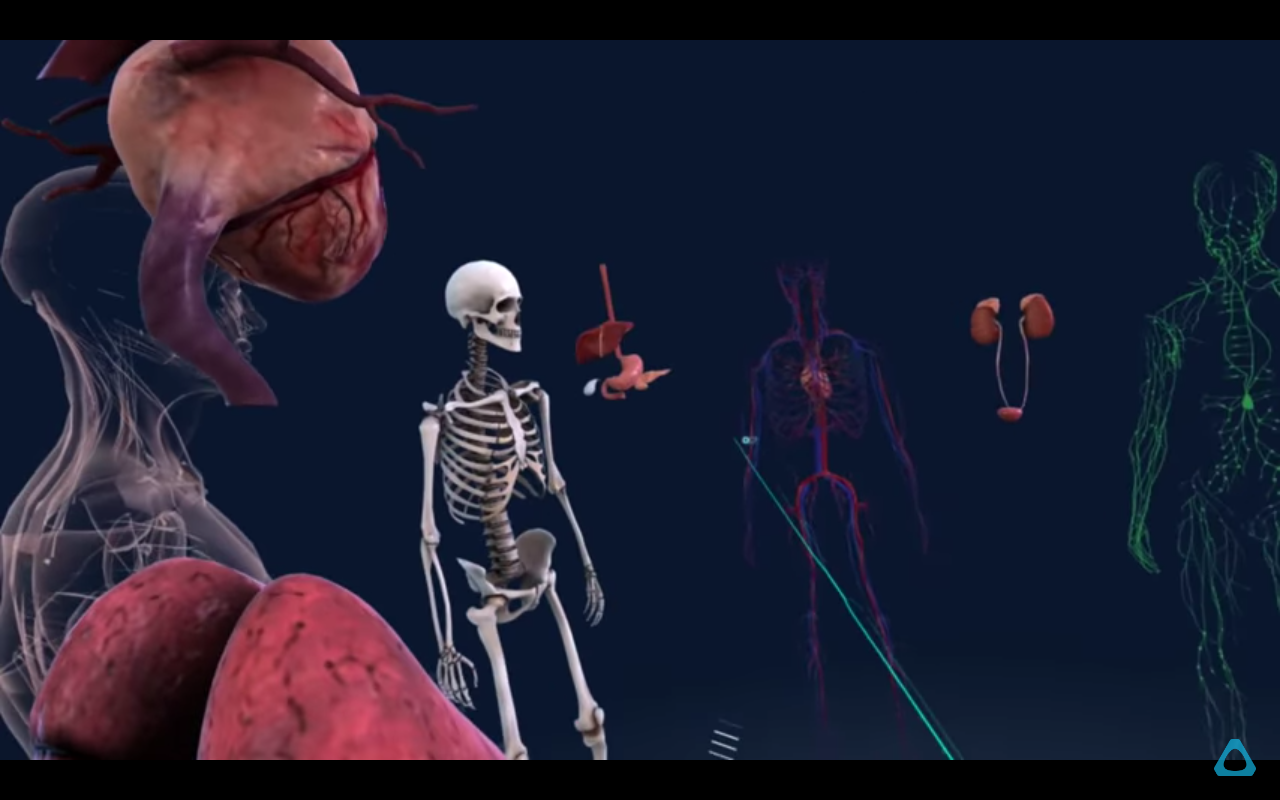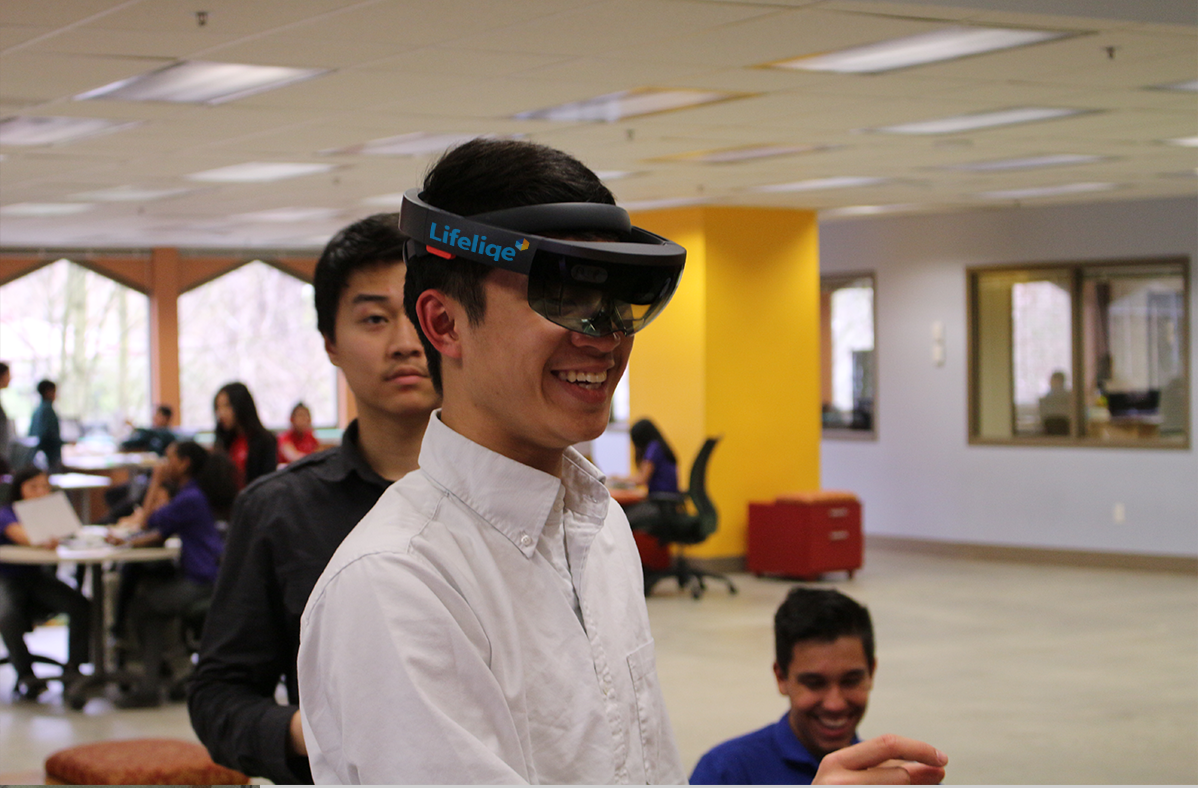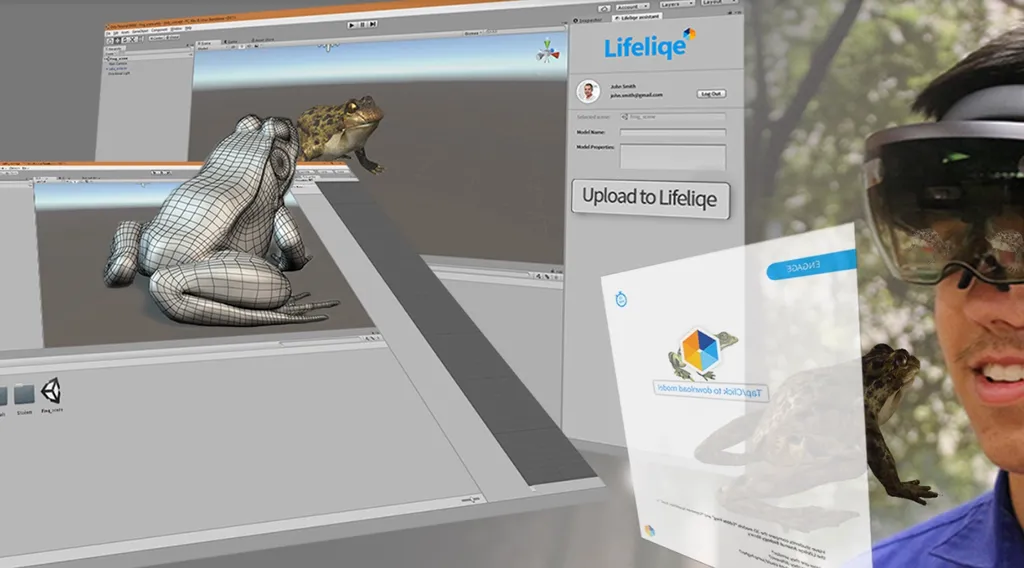2017 has been quiet a year for VR entertainment as Oculus, HTC and Sony continue to push their respective headsets as gaming devices first and everything else second. That said, everything else has had a pretty good year too; VR has started to prove its worth as a tool for positive change in 2017.
Over the past year we’ve shed pounds, looked after ourselves and learned more about the world around us with the help of headsets that let us see and do anything we want to.
Shedding The Pounds

The idea of strapping on a VR headset and fogging up the lenses with your sweat as you prance around with your vision obscured might not sound like the safest or most hygienic exercise regime, but that hasn’t stopped gamers using VR to shed weight. Perhaps the most positive aspect of VR right now is how it can disguise exercise as a fun, engaging and even addictive hobby. Chop your way through an army of undead soldiers in Skyrim VR and you’ll unintentionally work up a sweat. Go a few rounds in Gorn and you’ll have basically enjoyed a full work out.
We’ve seen people put this unexpected benefit to great use in 2017. In February, we reported that Job Stauffer had lost a stunning 50 lbs with a VR gaming schedule and a few months later William Brierly did the same with the help of the VirZoom VR bike. As VR’s use as a fitness tool has become more apparent we’ve even seen a new ratings system that can tell you how much energy you’ll burn playing a game. With the advent of new apps like BOX VR, 2018 is sure to continue this welcome trend.
A Home In Healthcare

VR’s potential impacts on the healthcare seem near limitless. From simply spending time in serene environments all the way up to helping people to control their limbs again, this technology is having a profound impact on the way we look after ourselves and it’s only just getting started. It’s being used across all ages; while mobile VR headsets help entertain children in hospitals during treatments, other apps bring comforts to the elderly the might not otherwise have.
A key part of VR healthcare is how it crosses over with education, too. Through apps like You VR we’ve begun accurately visualizing what’s going on inside of us, helping us to understand and care for ourselves better than we have before. As VR technology becomes more accessible in 2018 we expect the industry to play an even bigger role in the future of healthcare.
Education Expands

With VR now nearly two years into its life, it’s past time we stopped talking about the potential of educational apps and started seeing them. And that’s happening on a lot of fronts; low-end VR is finding a place in classrooms across the globe with initiatives like Google Expeditions reaching schools in remote corners of countries. There’s a space for the high-end stuff too; companies such as Lifeliqe are putting HoloLens kits in schools to make learning more immersive and engaging than it’s ever been before.
Just as exercise has found a place in VR gaming, so too has learning. Operation Apex from Curiscope hides its lessons within repetitive mechanics that teach you the mechanations of the food chain underneath the ocean. In some games we travel back in time and find out what life was really like for people back then while other apps expand upon classic works of art. We’re just scratching the surface of what VR is going to do for education.


























